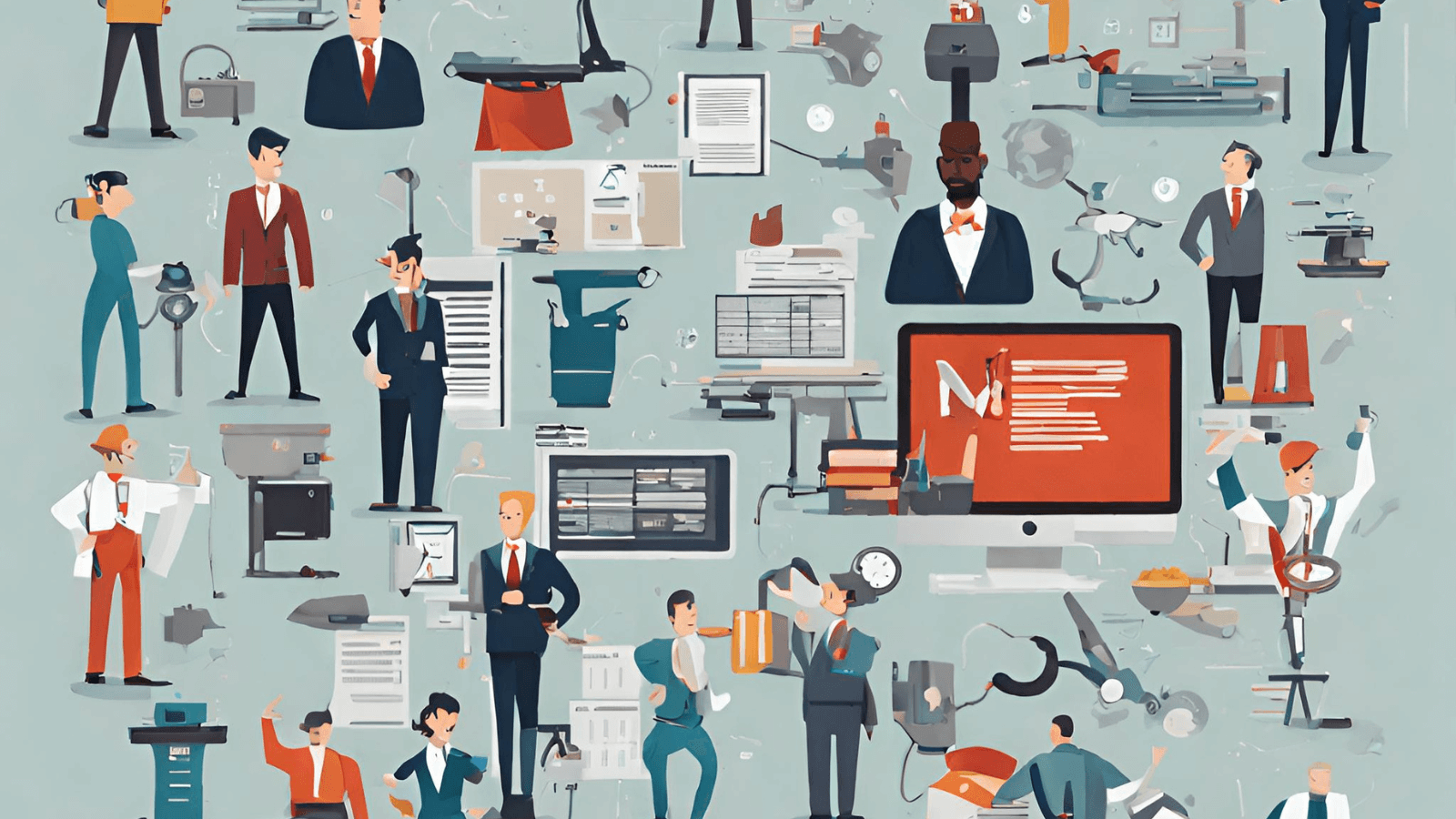Achieving full potential is a journey that many of us embark on, but few truly master. The difference between those who “Can Do” and those who “Can’t Do” often lies in a single element—our thoughts.
This journey to achieve full potential requires us to break free from the self-imposed shackles of limiting beliefs and embrace the possibilities that lie beyond. In this comprehensive guide, we’ll explore the steps and strategies to liberate yourself from these constraints, inspired by the lives of those who have successfully navigated this path, including insights from renowned HR leadership coach and expert, Jappreet Sethi.
The Power of Belief
Our beliefs fundamentally shape our reality. They can either propel us towards our goals or hold us back. History is replete with examples of individuals like Steve Jobs, who transcended these mental barriers to leave an indelible mark on the world. Jobs faced numerous setbacks, including being fired from Apple, the very company he founded. Yet, he viewed this not as a failure but as an opportunity to rekindle his creativity. He famously reflected, “I didn’t see it then, but it turned out that getting fired from Apple was the best thing that could have ever happened to me.”
Example: Consider the story of an aspiring entrepreneur who faces rejection from investors. Instead of succumbing to doubt, they use the feedback to refine their pitch, eventually securing the funding needed to launch a successful startup.
Consequence of Ignoring: Ignoring the power of belief can lead to a life of regret and unfulfilled potential. As Jappreet Sethi wisely puts it, “The only limits that exist are the ones we place on ourselves.”
Overcoming Self-Limiting Beliefs
Self-limiting beliefs often originate from outdated perceptions of our capabilities. For instance, the inability to perform a task in childhood should not constrain our adult ambitions. Yet, many of us fail to update these beliefs, carrying them into our adult lives and limiting our growth.
Example: A professional who once struggled with public speaking might avoid presentations at work, potentially missing out on career advancement opportunities.
Consequence of Ignoring: Failing to challenge these beliefs can result in a stagnant career and personal life. Sethi cautions, “Holding onto outdated beliefs is like wearing shoes that no longer fit. They may feel comfortable, but they’ll never get you where you need to go.”
Learning from Failures
Failures should be seen as stepping stones rather than obstacles. Each setback provides valuable lessons that can pave the way for future successes. This perspective shift is crucial for anyone looking to achieve their full potential.
Example: After a failed product launch, a company decides to conduct extensive market research, leading to the development of a highly successful new product.
Consequence of Ignoring: Viewing failures as insurmountable barriers can lead to fear of taking risks, inhibiting growth and innovation. “Failure is not the opposite of success; it’s part of success,” Sethi reminds us.
The Flea Experiment: A Lesson in Limitations
The flea experiment perfectly illustrates how psychological barriers can restrict our potential. Fleas confined in a jar with a lid eventually stop trying to escape, even when the lid is removed. This experiment demonstrates the danger of becoming accustomed to limitations.
Example: An employee who has never asked for a raise may continue to accept underpayment, even as their skills and contributions increase.
Consequence of Ignoring: Accepting limitations without question can lead to missed opportunities and a lack of fulfillment. “The jar is open,” Sethi says, “but it’s up to you to jump out.”
Breaking Free and Achieving Full Potential
For achieving full potential, it’s necessary to identify and challenge our self-limiting beliefs. This process involves self-reflection, seeking feedback, and being willing to take calculated risks.
Example: A writer who fears rejection might start by submitting short stories to smaller publications, gradually building confidence and skill.
Consequence of Ignoring: Without taking these steps, individuals risk remaining in their comfort zones, never realizing their true capabilities.
Achieving full potential is not a destination but a continuous journey of self-discovery and growth. It requires resilience, courage, and an unwavering belief in one’s abilities. By embracing the lessons shared by those who have successfully navigated this path, including the invaluable insights from Jappreet Sethi, we can begin to dismantle the mental barriers that hold us back.
Remember, the difference between “Can Do” and “Can’t Do” is not just a “T”—it’s our thoughts. As we strive to achieve our full potential, let us be guided by the wisdom that the only true limits are those we impose on ourselves.










